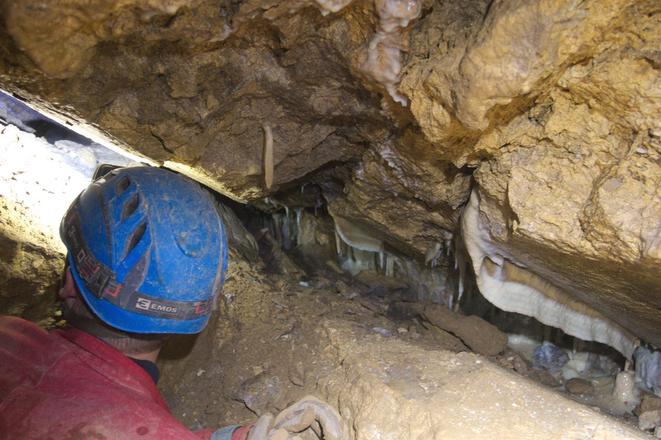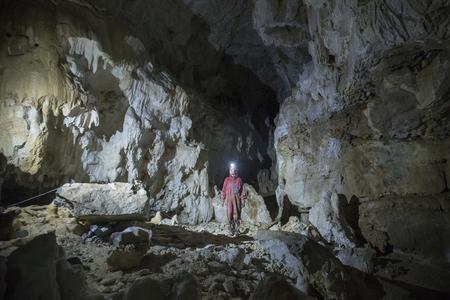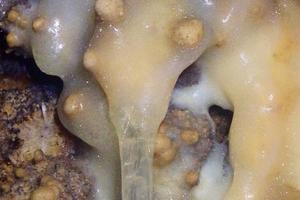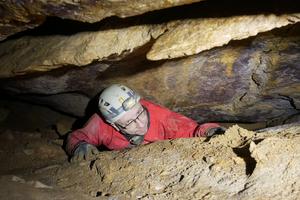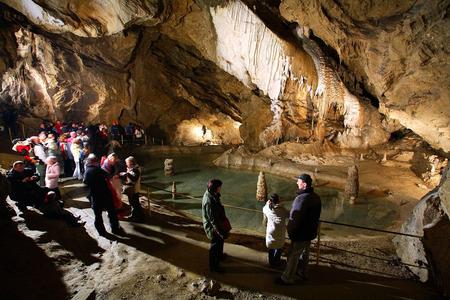Nitra has a unique discovery. The biggest and longest cave was discovered at Calvary in the Tribeč Mountains. So far measurements and estimations showed that it may have a length of 400 metres.
The deepest spot is the surface of underground lake with a depth of 41.5 metres. The cave was formed due to tectonic motions, probably in the Quaternary period.
“Currently, we are in the research and documentation phase. Research is complicated because moving around inside the cave is difficult and dangerous,” said Juraj Halama, speleologist from Speleoclub Trnava, as quoted by the SITA newswire.
Re-discovered
The cave has a vertical character and less experienced climbers can get in using rope. The spaces are very narrow. The sinter decoration is very diverse and when considering the location in the built-up area of town it is also very rare. There are dripstones of various types and colours, atypically warm in the cave.
“Regarding the natural conditions of the near surroundings, the discovery of a cave with these dimensions is unique,” said Halama, as quoted by SITA.
The Dezider Horvát cave was named after the father of Anzelma Hlôšková, who contributed to re-discovery of the cave. She wrote an article in 2010 in Krásy Slovenska (Beauty of Slovakia) magazine on how her father accidentally discover edcave when mining limestone in 1948. He invited speleologist Ján Majka in 1950 to Nitra to carry out the first research.
Majka succeeded reaching a depth of 30 metres, however, he failed to realize how big it was.
“In the past, it was not possible to research the cave the way we are able to today, they did not have such technology,” said Halama, as quoted by SITA.
Long search
The cave was forgotten. The only living person who remembers it is Anzelma Hlôšková. She owns a black-and-white photo from 1950, which captured her as 12-year-old entering the cave along with her sister.
Halama started to look for the cave in 2014. As the living contemporary was unable to locate it, he searched for additional information in the archive of the Slovak Museum of Nature Protection and Speleology.
Speleologists succeeded to find the cave entrance using geophysical research and probing earthworks. They uncovered it in June 2018.
They had to pull out a big amount of waste and brash firstly. They succeeded reaching a depth of 60 metres. Later, they found that the cave is much longer. New spaces were discovered in December 2018. Speleological groups from the Strážovské Vrchy Mountains and Tribeč along with local enthusiastic climbers helped with the research.
Alexander Lačný, chairman of Speleoclub Trnava, said that the cave will never be accessible for the public despite its uniqueness.
“The reason is that we would not be able to ensure the safety of visitors,” he said, as quoted by SITA, adding that some parts are extremely dangerous.


